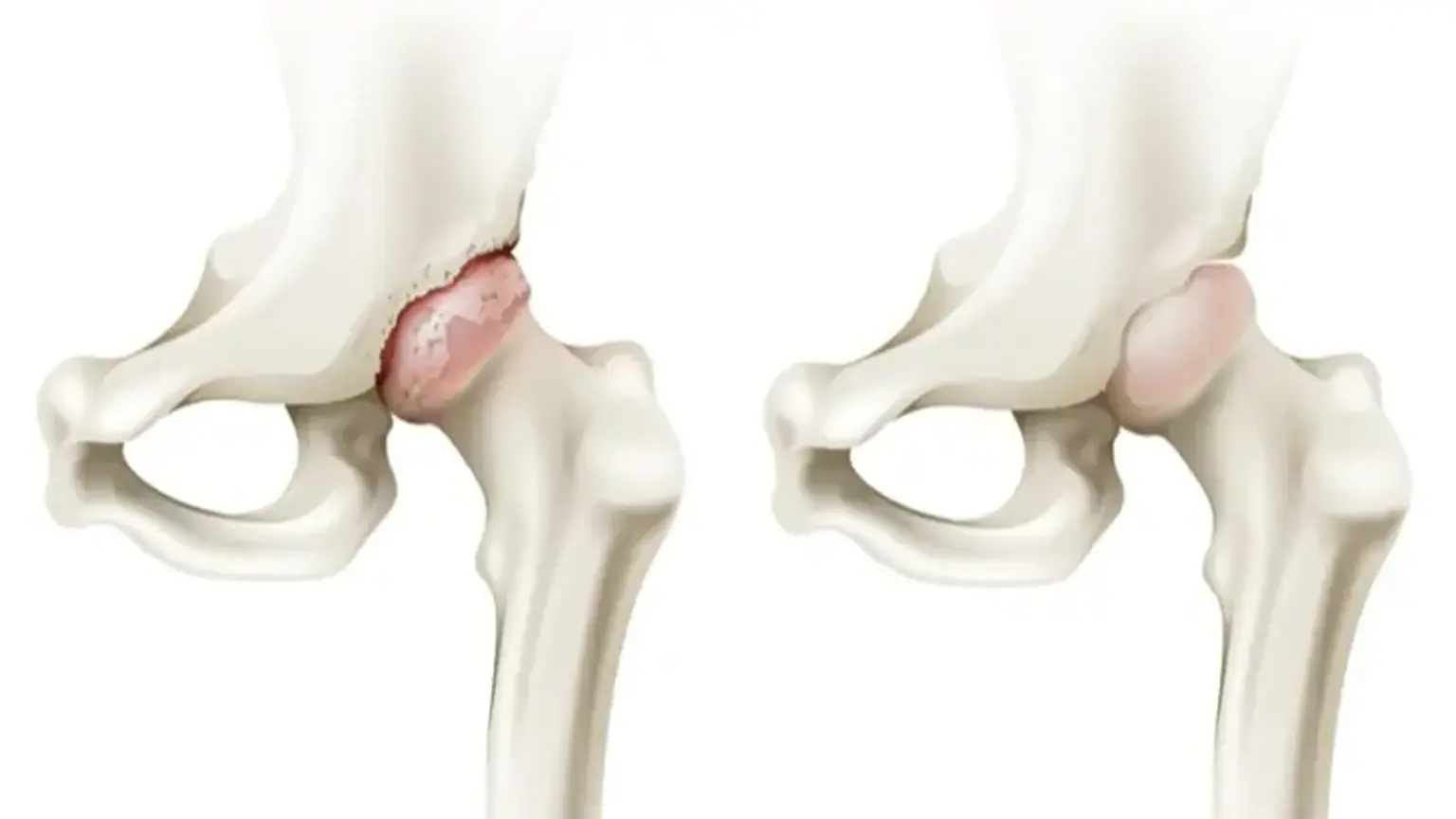Hip Joint
Almost every activity you do involves your joints. Walking, bending, and turning are all simple movements that involve the use of your hip and knee joints. In a healthy joint, all of the components function together, and the joint moves freely without pain. The discomfort caused by a damaged or injured joint, on the other hand, might significantly impede your ability to move and work. In the United States, osteoarthritis, one of the most frequent types of degenerative joint disease, affects an estimated 44 million people. This is for you if you're thinking of getting a total joint replacement or just starting to look at your options. It will help you in comprehending the reasons for joint discomfort as well as available therapy options. It will, above all, offer you hope that you will be able to resume your favorite hobbies.
After you've finished reading, make an appointment with your doctor to discuss any concerns you may have. Having as much information as possible can help you in selecting the best treatment option for your joint pain and get you back into the swing of activities.
